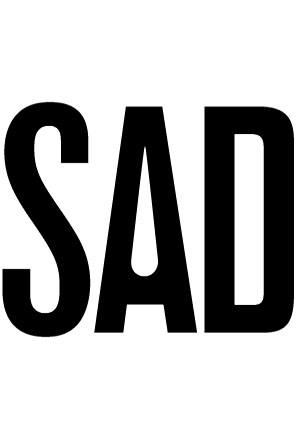Cirrus asks what it means to be an artist in a world of machines
/Holly Márie Parnell, Cirrus, installation view, May 3 — Jul 26, 2025. Courtesy of the artist and Western Front. Photo by Dennis Ha
screeching container ports, fairy armadillos, advantageous appendages…
Coming in from a bright sunny afternoon, I am temporarily blinded upon entering the Western Front’s dim gallery. Somewhat ironically, I have to rely on my other senses to locate the leather-covered bench facing the two-channel video installation of Cirrus (2025) by Holly Márie Parnell. The work by the Irish-Canadian filmmaker takes its name from slender appendages used by animals to navigate without sight—like moles, who use cirrus to traverse subsurface landscapes. As I gingerly find my seat, the video pans slowly across some kind of factory while industrial sounds growl through the speakers. Over the next half-hour, my nervous system gradually slows and pupils dilate as I take in the work uninterrupted.
Holly Márie Parnell, Cirrus (2025), video still. Courtesy of the artist.
Cirrus moves between wide-angle shots of European cityscapes—buildings, shipping ports, a London-Eye type Ferris wheel—and documentary footage of two artists: Min Kim and Mia Wennerstrand. We meet Wennerstrand in what feels unmistakably like a gallery backroom office. The fluorescent shot seems almost self-conscious as the artist speaks in rapid Finnish from behind a desk. While raising questions about the relationship between art and academia, Wennerstrand never looks directly at the camera. As a viewer, it feels a bit like being pulled sideways into a strangers’ conversation right when they’re getting to the meat of it. The image cuts abruptly to an empty stage, where Wennerstrand walks to and fro, swinging her arms—the obvious subject of this “play.” She shares this curious phrase: “I feel safer in the future than I do in the present,” but then almost immediately goes back on it, realizing it’s a lie to assume the future is safe.
Min Kim is introduced in a quieter, more morose scene—she sits at a window in front of an expansive urban vista, forehead resting on the table as a candle burns in the corner. The physical energy of the artist could not be more at odds with the city before her. Like a letter to a loved one, her recorded vocal confessions feel intimate, yet the English is slightly off-kilter, like we’re hearing it through a filter. She says: “I don’t really exist in the world as an artist... but I am so, so serious about my practice.” Kim muses about moles, lemurs and other animals that use cirrus to make their way in the world, finding comfort in understanding this adaptation.
Holly Márie Parnell, Cirrus (2025), video still. Courtesy of the artist.
Though transitions are jarring, Márie-Parnell’s work exposes the contrast between the porous, creative state artists strive to exist in and the cold, automated cityscape. There’s something deeply relatable about the image of Kim prone at a window, her body exuding the weight of late capitalism, yet finding solace in learning how animals survive the harshest of environments. The softest thing onscreen in Cirrus are shots of feathers—up-close plumage of fairy armadillos, who also benefit from the advantageous cirrus appendages. Compared to the screeching container port, these shots are like a balm on the senses.
Post-exhibition, I find myself wondering: how will artists (or humans, even) survive the increasingly hostile landscapes of our own making? Perhaps one’s artistic medium (like filmmaking, for Márie Parnell) becomes the cirrus—perceptual extensions that help us navigate the urban ecology.
Holly Márie Parnell, Cirrus, installation view, May 3 — Jul 26, 2025. Courtesy of the artist and Western Front. Photo by Dennis Ha.
Cirrus by Holly Márie Parnell is on view at Western Front from May 3 to July 26, 2025. The exhibition runs Wednesday to Saturday, 1 to 6 p.m. Admission is free.
The 33-minute film plays on a continuous loop in a darkened screening room with seating. Visitors are welcome to enter and exit at any time. Captions are provided.
Western Front’s gallery is on the ground floor and wheelchair accessible, with a partially accessible all-gender bathroom.
Rachel Silver Maddock (she/her) is an independent dance artist and writer based on the unceded territories of the Musqueam, Squamish and Tsleil-Waututh First Nations. She holds an M.A. in Contemporary Arts from SFU’s School for Contemporary Arts. She sees the body as a site of investigation, tool of expression and mysterious archive. Her writing has been published in The Georgia Straight, Dance Central, Comparative Media Arts Journal, and SAD Mag.









